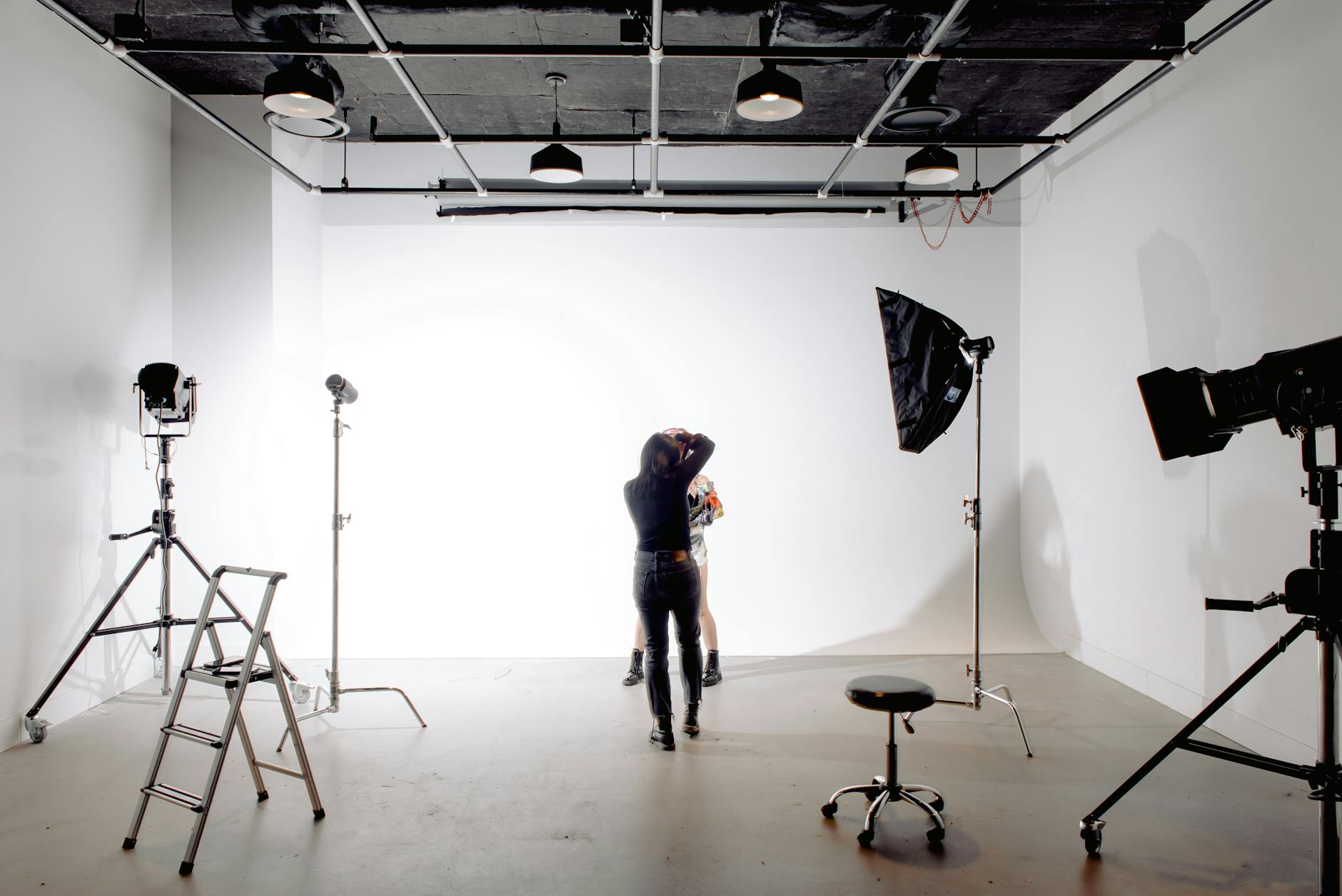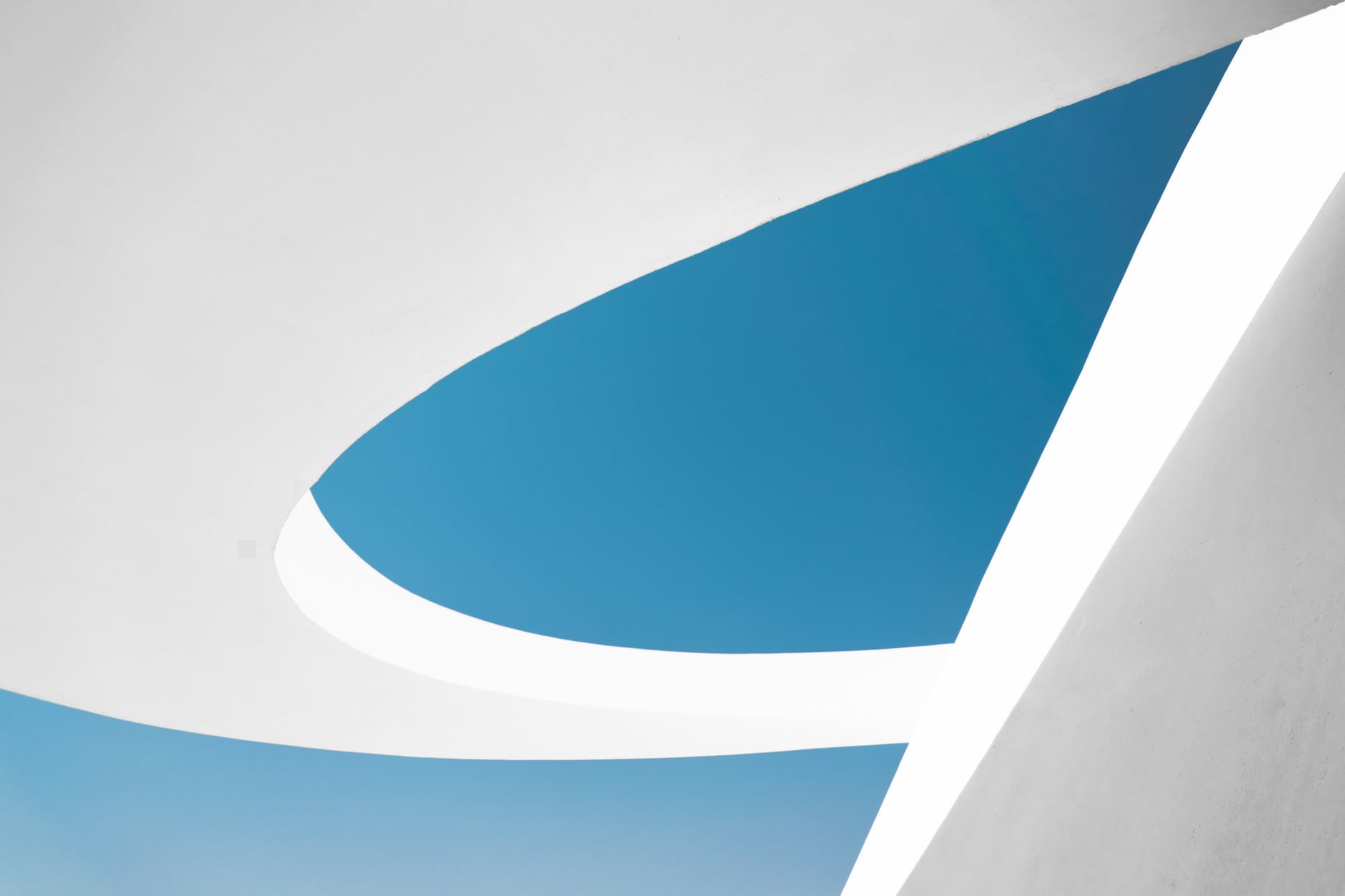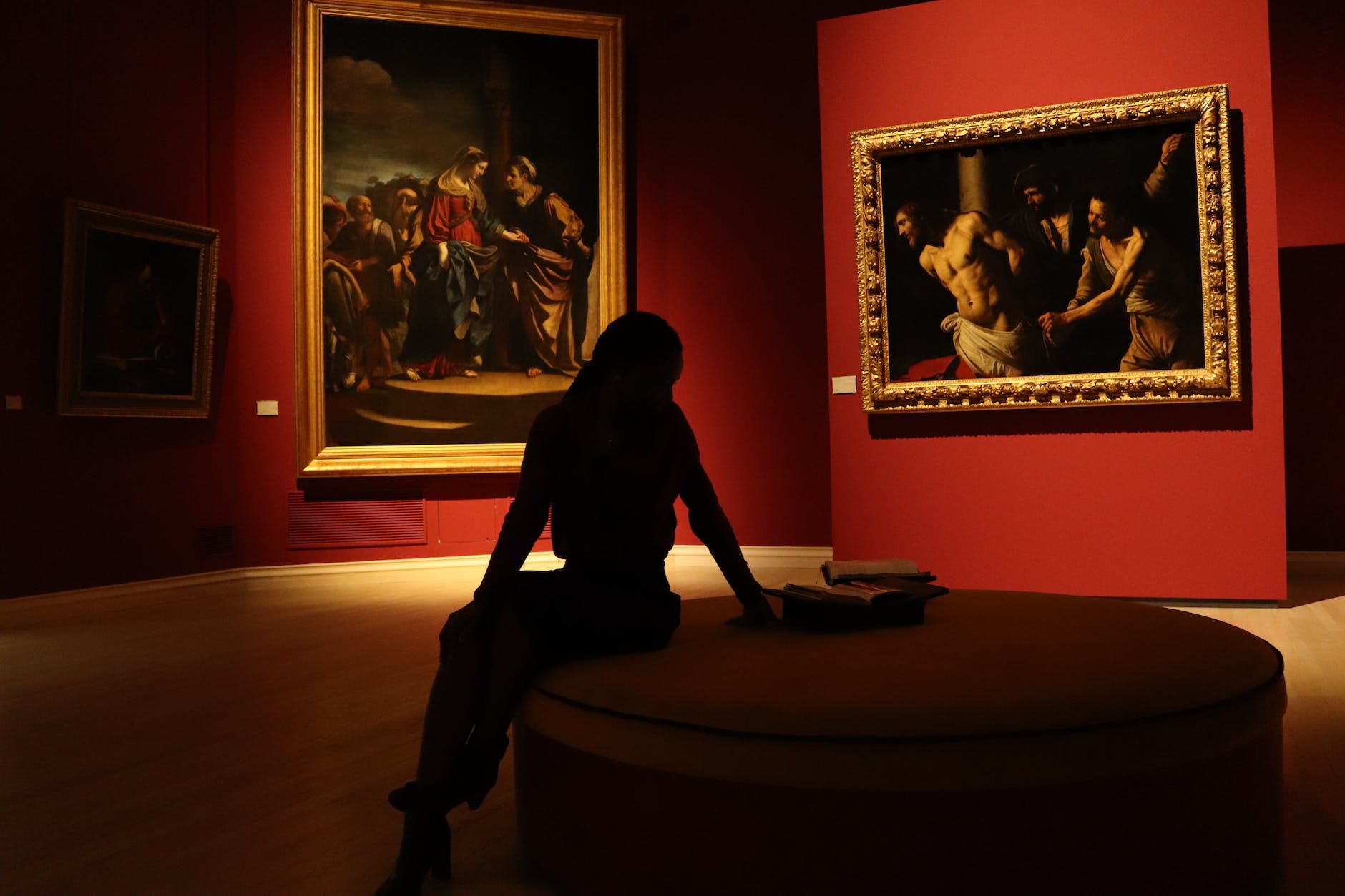—
As we voyage through the surreal landscapes of the 21st century, a unique class of contemporary art seems to be resonating with a growing audience. Defined by its stunning visual depth, vivid colors, and boundary-pushing artistic perception, new psychedelia is taking the art world by storm. This artistic style, interweaving mixed media and digital art into its fabric, rekindles the psychedelic influences of the ’60s and ’70s while giving them an impossibly fresh modern transformation.
One of the most influential figures that represents this new generation of artists is Toronto-based Alex McLeod. Known for his intricate 3D digital art pieces, McLeod’s work is strikingly futuristic, teetering on the brink of sci-fi and fantasy. His multimedia installations appear like dreamy landscapes from an unknown universe, filled with luminous forms and shimmering textures. Through the artworks of Alex McLeod, we can journey through the unseen worlds of his imagination, embodying both the allure and enigma of contemporary psychedelic art.
Another artist breaking the mold while simultaneously following the trend of sophisticated trippiness is Fred Tomaselli. Tomaselli’s work is the perfect marriage of traditional art mediums and contemporary art practices. He layers organic materials, images from textbooks, and pharmaceuticals between multiple layers of clear, luminous resin, his pieces acting like sophisticated adult collages that recast the mundane into the extraordinary. Fred Tomaselli’s unconventional mix stimulates a metaphysical exploration within the viewer, fitting perfectly into the emerging new psychedelia.
Art market trends have been warmly inviting towards these psychedelic explorations. Ryan McGinness, an American artist best known for his graphic work and installations, is an example of an artist well-received in this sphere. His works are a bright, chaotic fusion of contemporary iconography and color explosions, blurring the lines between fine art and commercial aesthetics. McGinness’s art exhibitions attract a diverse audience, further debunking the notion that psychedelic art is a niche, counterculture concept.
Meanwhile, contemporary artist Oliver Vernon, with his elaborate acrylic paintings, takes us on a turbulent journey, where ordinary perception meets the fiercely abstract. His work, an organic and dramatic kaleidoscope of forms, colors, and infinite detail, creates a psychedelic experience like no other. His vividly complex art plays with the notions of metaphysical transcendence, creating boundary-pushing art that leaves no viewer unaffected.
Complementing these traditional art forms, the digital realm has experienced a surge of new psychedelia, underlining the fact that contemporary art is not confined to frames and canvases. Canadian artist Krista Kim uses LED lights and digital software to create immersive, meditative installations. Titled ‘Techism,’ her digital art work employs gradients of color, light, and space, triggering both aesthetic appreciation and spiritual reflection.
Not leaving the animated world untouched, Takashi Murakami, with his adventurous mix of Japanese anime and pop culture, weaves vibrant psychedelic spectacles, falling perfectly in line with the new generation artist features. His large-scale paintings and installations veil deeper themes of apocalypse and rebirth, symbolizing life’s endless cycle.
The nuanced shades of these artists’ works bear testament to the eclectic versatility of 21st-century Psychedelia. Pushing the boundaries of perception and exploring undiscovered aesthetic terrains, they remind us that art is a portal to unimaginable dimensions. As these artists continue to mold this emerging genre, their endeavors pave the way for novel explorations in the vibrant world of psychedelic art. The future is indeed bright – and brimming with color.







